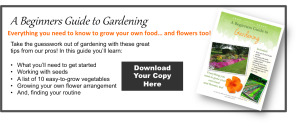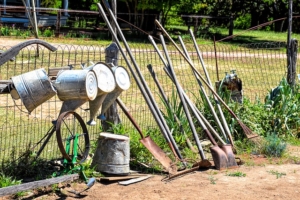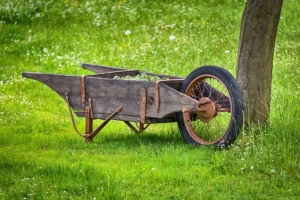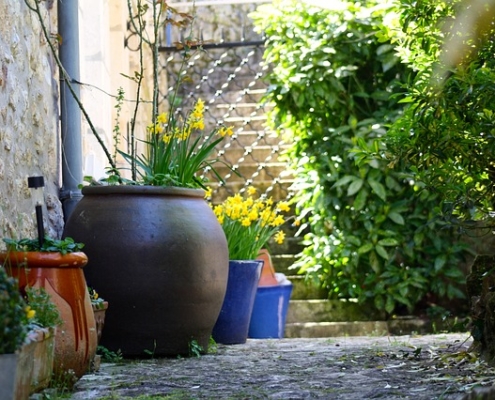Cool Season Planting
Cool Season Planting
- When mid-summer brings a bounty of produce from your garden and you are enjoying the fruits of your labor, it is time to start planting again. The prime planting time for late-season harvests is late summer. Success with fall vegetables requires proper timing. In the spring gardeners wait to plant outside until after the last spring frost, well, in the fall the race is against the season’s first frost. Many of the cool season crops can withstand a few light touches of frost and even become sweeter. Check with your local county extension service to find your area’s first expected frost date.
Check the back of the seed packet to find the days to maturity. Take your frost date and count backward to find the best time to start your next round of seeds. Cooler fall growing temperatures may require an extra week or two for the plants to reach maturity. Many of your fall crops can be harvested when young and immature, too.
Which crops to plant for the Cool Season Planting?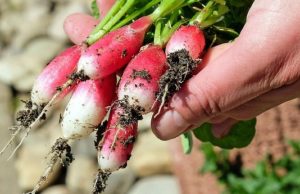
Plants that do well in the early spring work for the cool fall temperatures. These will do well right up to the frost date and even beyond.
Cabbage takes a long season to mature and many gardeners don’t even plant cabbage in the spring because it doesn’t have enough time to mature before the mid-summer’s heat stops growth. Start these seeds mid-summer, a good 3 months before the first frost date.
Kale should be planted 85 – 90 days before the first frost. The leaves can handle a few light touches of frost and become sweeter each time.
Carrots can be planted 80-85 days before frost. They can be harvested when young and tender. Even after the cold temperatures shrivel the tops, they can be dug, sweet and juicy, from the ground throughout the fall.
Broccoli has the same problem as cabbage with a long time to mature as cabbages, so planting for a fall harvest is often best. Plant broccoli seed directly in the soil about 80-85 days before frost.
Beets can do double duty with green tops for salads and tasty roots as well. Plant seeds about 65-70 days before frost, depending on the type you choose.
Leafy greens such as spinach and leaf lettuces, rocket, and Swiss chard all do best in the cooler temperatures of fall. Plant seed about 50-60 days before frost depending on the type chosen. These can be harvested when young and immature for delicious baby greens.
Radishes are always great to spice up salads. These are fast-growing and can be planted 30-35 days before the first frost. Pull them when young and tender.
If you have any questions at all about how to start your BBB Seed please do not hesitate to email us at info@bbbseed.com. We look forward to answering any questions you might have!
Download our E-Book here:
